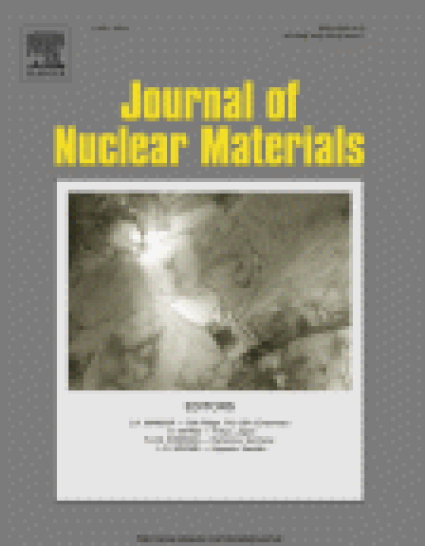
Article
Synthesis and characterization of zirconia–magnesia inert matrix fuel: Plutonium studies
Journal of Nuclear Materials
(2010)
Abstract
This study uses a precipitation method to synthesize zirconia–magnesia inert matrix fuel containing plutonium oxide as the fissile material and erbium oxide as a burnable poison. X-ray diffraction, secondary electron microscopy with energy dispersive spectroscopy, optical microscopy, and electron probe microanalysis were used to determine phases present, phase mixing, microstructure, phase stoichiometry, and elemental distributions throughout the samples. A large range of magnesium to zirconium oxides as well as different concentrations of plutonium and erbium oxides was studied. It was found that it was possible to synthesize a two phase material consisting of a pure MgO (periclase) phase and a cubic zirconia phase which incorporated all of the plutonium and erbium as well as a small amount of the magnesium oxides. This information will be used to understand the dissolution behavior and properties of this material in conditions relevant to an advanced nuclear fuel cycle.
Keywords
- Zirconia-magnesia inert matrix fuel
Disciplines
Publication Date
July, 2010
DOI
https://doi.org/10.1016/j.jnucmat.2010.04.026
Publisher Statement
Copyright 2010 Elsevier B.V.
Citation Information
Sean R Mulcahy, Kiel Holliday, Thomas Hartmann and Kenneth R. Czerwinski. "Synthesis and characterization of zirconia–magnesia inert matrix fuel: Plutonium studies" Journal of Nuclear Materials Vol. 402 Iss. 1 (2010) p. 81 - 86 Available at: http://works.bepress.com/sean-mulcahy/16/